[Focus] What are the core hardware technologies for the rapid development of the drone market?
The large and small drone products currently in the market, the difference in performance is very obvious. A good-use drone will definitely not be equipped with a camera and a communication module. The body of the model can be sent to the sky to fly down. The technical details of the drone are still more than the average intelligent hardware products. . So, what are the core hardware technologies of drones?
The power system of the drone usually has two types of electric motors and internal combustion engines, among which electric motors are mainly used. The electric power system mainly includes the motor, ESC (control motor speed), propeller and battery. Whether the various parts of the power system match, whether the power system matches the whole machine, directly affects the efficiency and stability of the whole machine, so the power system is crucial.
1, the motor. The motor of the drone is mainly a brushless motor, one end is fixed to the motor seat of the frame arm, and one fixed the propeller, and the downward thrust is generated by the rotation. Different sizes and loads of racks need to be matched with motors of different specifications and powers. The motor is not said to be bigger, the better, the efficiency is the king.
2, ESC. A separate motor does not work and requires an ESC, which is used to control the speed of the motor. Like the motor, the power system with different loads needs to match the ESC of different specifications. Although the electric call is too large, there is not much image, but the ESC is large, naturally it is heavy, and the efficiency will not improve naturally.

3. Propeller. The propeller is a component that directly generates thrust, and the first purpose is to pursue efficiency. Matching motors, ESCs and propellers can use less power at the same thrust, which extends the drone's battery life. Have you found that the propeller in the above picture has both positive and negative directions? Because the motor drives the propeller to rotate, it will generate an anti-torque force, which will cause the frame to rotate in the opposite direction. By rotating a motor forward and rotating a motor in reverse, the counter-torque can be offset by each other, and the direction of the corresponding propeller is reversed.
4, the battery. At present, the batteries of drones are mainly lithium polymer batteries, which are characterized by high energy density, light weight, high current resistance, etc. These characteristics are more suitable for drones. Some mobile phones also use lithium polymer batteries, but the charging and discharging capabilities are far less than those of the UAVs (the theoretical value of single-cell battery discharge capacity exceeds 400 amps). Since these batteries are used in the power system of the drone, they are also called "power batteries."
The navigation flight control computer, referred to as the flight control computer, is the core component of the navigation flight control system. As a flying hand, do you understand its structure? I will give you a look at it today.
1. The main processing controller . There are mainly pass-through processors (MPUs), microprocessors (MCUs), and digital signal processors (DSPs). With the development of FPGA technology, quite a few main processors make FPGAs and processors into powerful main processing controllers.
2. Secondary power supply. The secondary power supply is a key part of the flight control computer. The secondary power supply of the flight control computer is generally 5V, ±15V and other DC power supply voltage, and the primary power supply of the drone is different according to the model. It is necessary to change the primary power according to different models. . Integrated switching power supply modules are now commonly used.
3. Analog input/output interface. The analog input interface circuit performs signal adjustment, gain conversion, and analog/digital (A/D) conversion on the analog input of each sensor, and supplies it to the microprocessor for corresponding processing. Analog signals can be generally classified into two types: DC analog signals and AC modulated signals. The analog output interface circuit is used to convert the digital control signal into an analog control signal that can be recognized by the servo mechanism, including analog-to-digital conversion, amplitude conversion, and drive circuit.
This product response time is shorter than resistive tonch screen's with a good touch.It is widely used to Phone,Tablet,E-book,gaming device by hands holding,Touch Monitor,GPS,All-In-One and so on.GreenTouch projected capacitive touch technology is with fast and sensitive response, the design with frame (without frame is optional) makes it looks professional and generous. The model is designed for high-intensity and high-frequency business environments.
Product show:
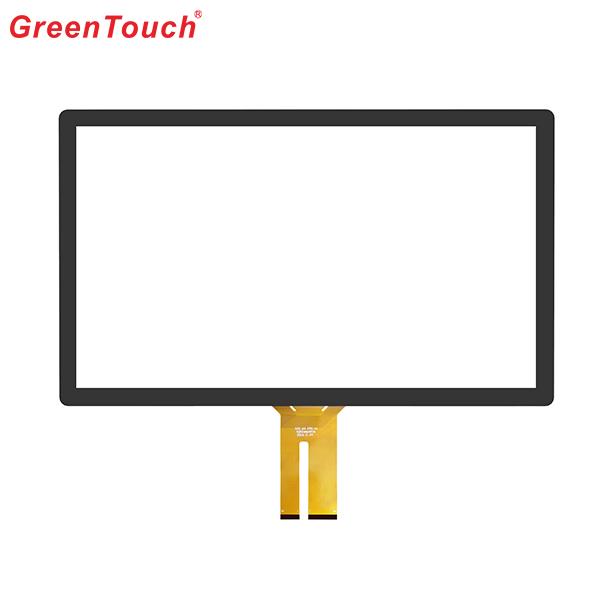
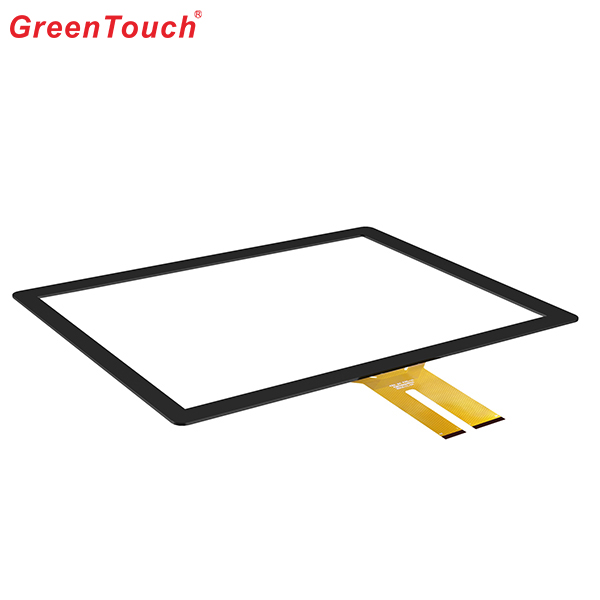
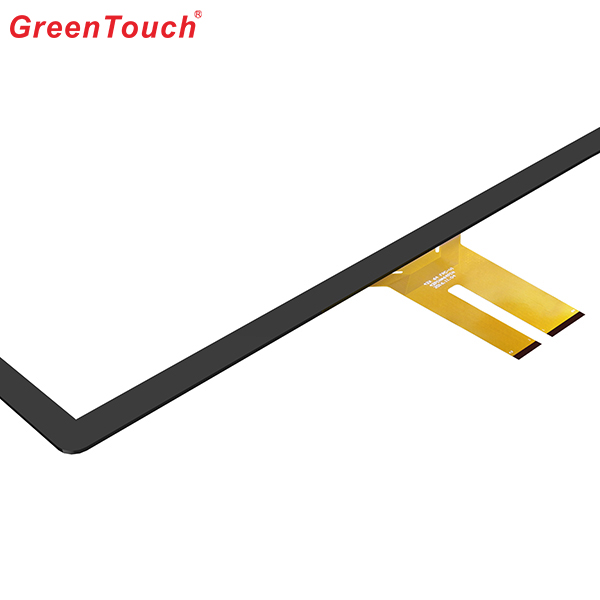
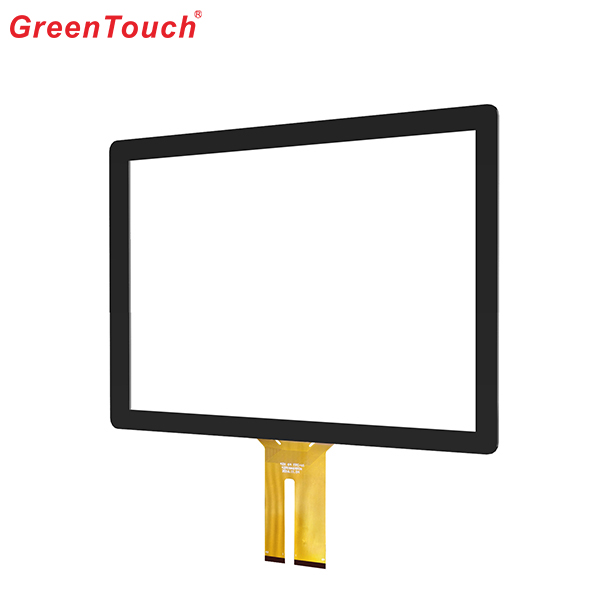
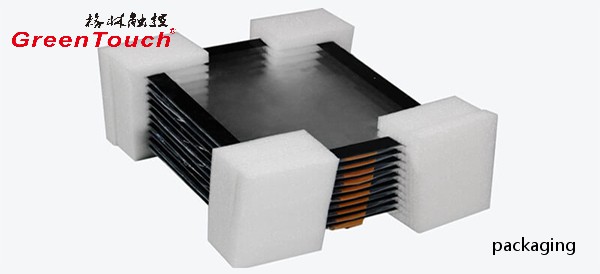

Capacitive Touch Screen Panel,Android Touch Screen,Portable Touch Screen,Pcap Touch Screen,POS Terminal Touch Screen,Mini Capacitive Touch Screen
ShenZhen GreenTouch Technology Co.,Ltd , https://www.bbstouch.com